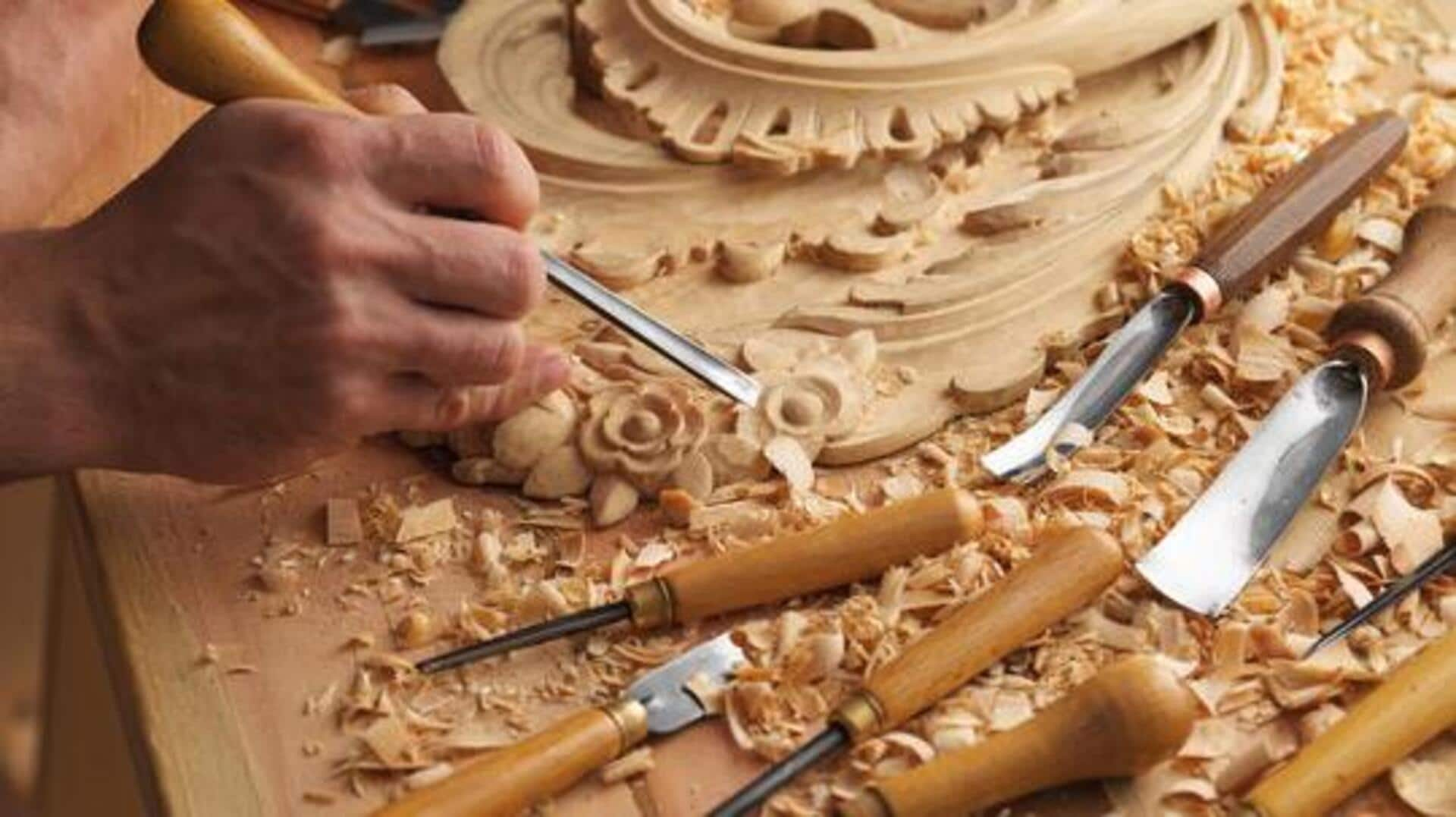
Makonde wood carvings: Craftsmanship and significance
What's the story
The Makonde wood carvings of Tanzania are some of the most sought-after African art forms. Famous for their intricate designs and cultural significance, these carvings are a window into the traditions and stories of the Makonde people. The craftsmanship of these artisans speaks volumes about their skills and dedication to preserving their heritage. From masks to sculptures, each piece tells a unique story, making them highly valued by collectors and art enthusiasts alike.
#1
Historical significance of Makonde carvings
Makonde wood carvings have a rich history that dates back centuries. Traditionally, these artworks were used in ceremonies and rituals, serving as important cultural symbols for the Makonde people. Over time, the carvings evolved to include more themes and styles, reflecting changes in society and culture. Today, they are not just historical artifacts but also appreciated for their artistic value worldwide.
#2
Techniques used by artisans
The artisans employ traditional techniques passed down through generations to create these masterpieces. The process begins with selecting suitable wood, often from local trees such as ebony or mahogany. Carving tools are simple yet effective, allowing artisans to achieve intricate details on every piece. Sanding and polishing enhance the natural beauty of the wood, ensuring each carving is smooth to touch.
#3
Themes depicted in carvings
The themes depicted in Makonde carvings are as diverse as they are meaningful. Common motifs include figures representing family life, social events, or spiritual beliefs. Some pieces may portray daily activities or historical events significant to the community's heritage. These themes offer insight into the values and experiences that shape Makonde culture.
#4
Market demand for Makonde art
The global market for Makonde art continues to grow, with collectors seeking authentic pieces from Tanzania's artisans. Demand is fueled by an increasing appreciation for African art's uniqueness and cultural depth. Prices can vary widely depending on factors such as size, complexity of design, and reputation of the artist or artisan group involved in creating each piece.